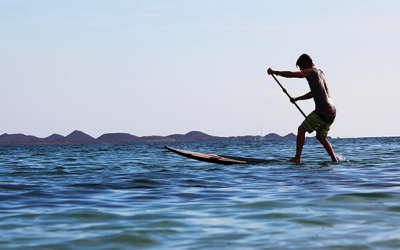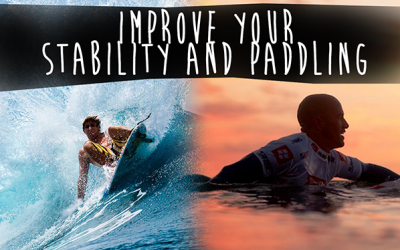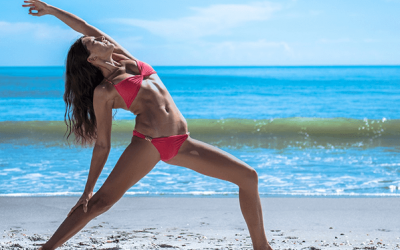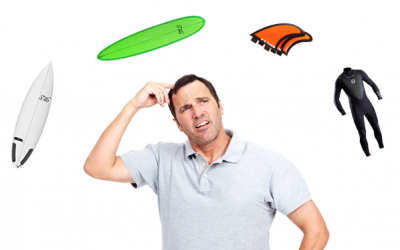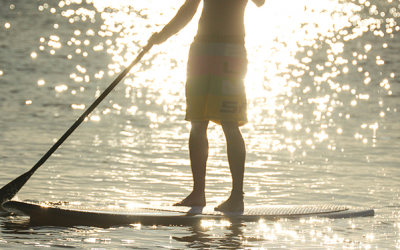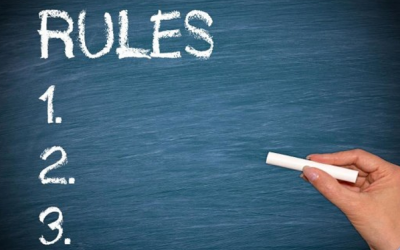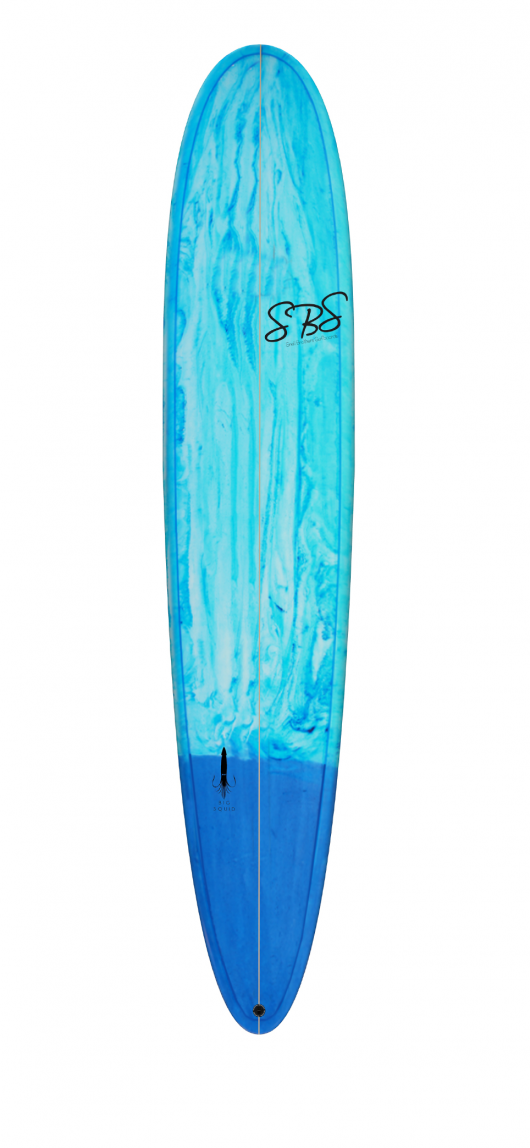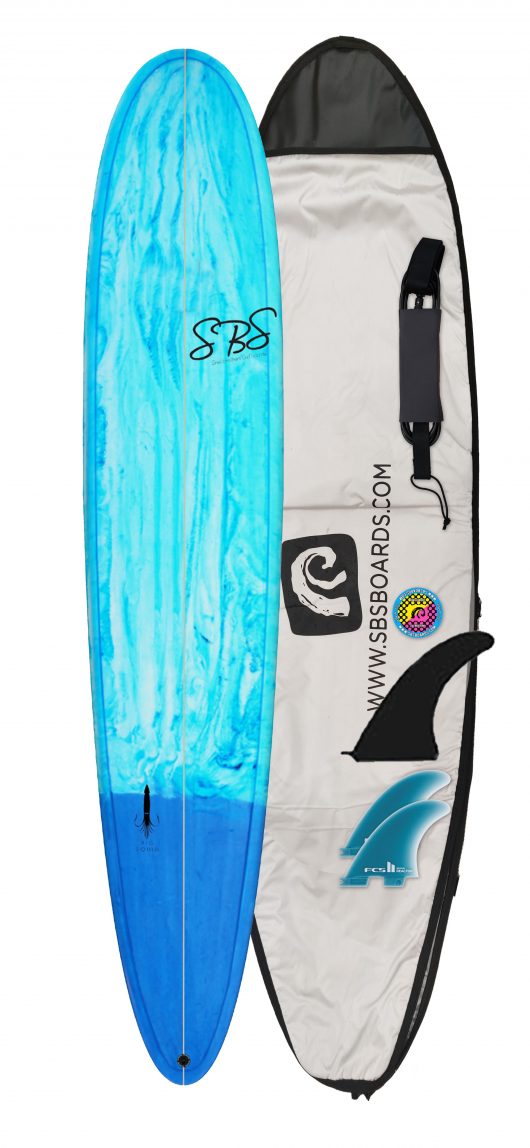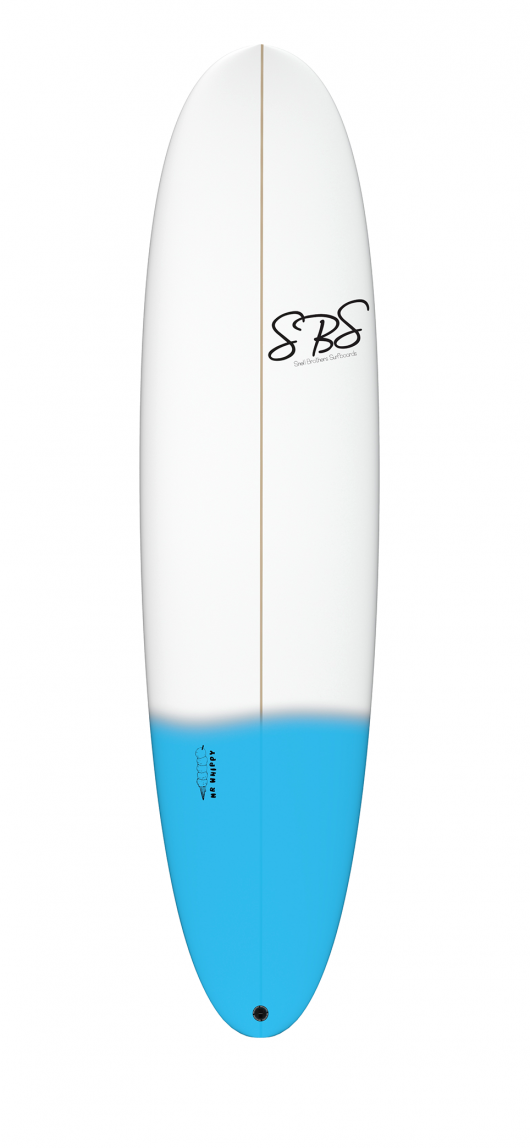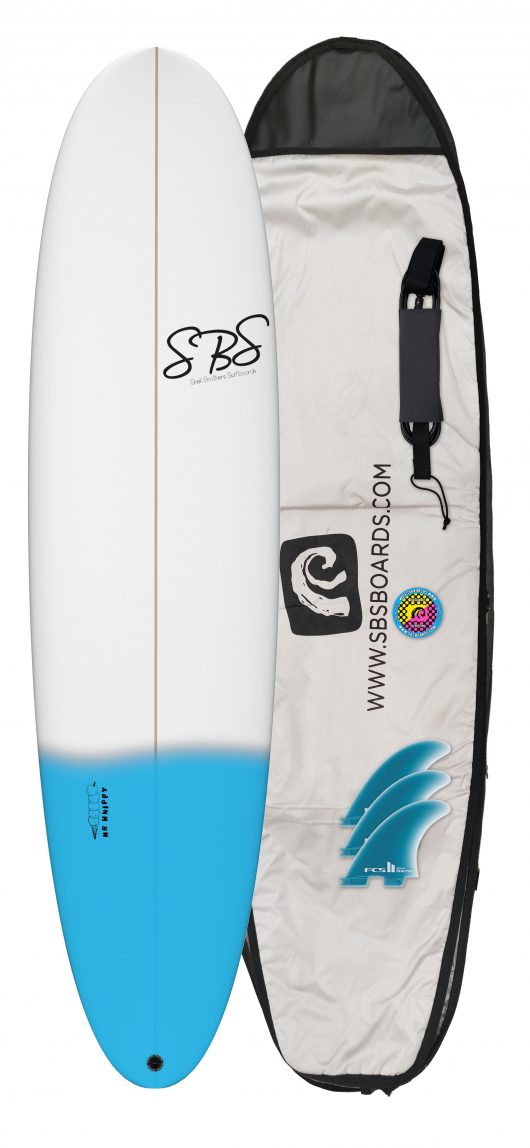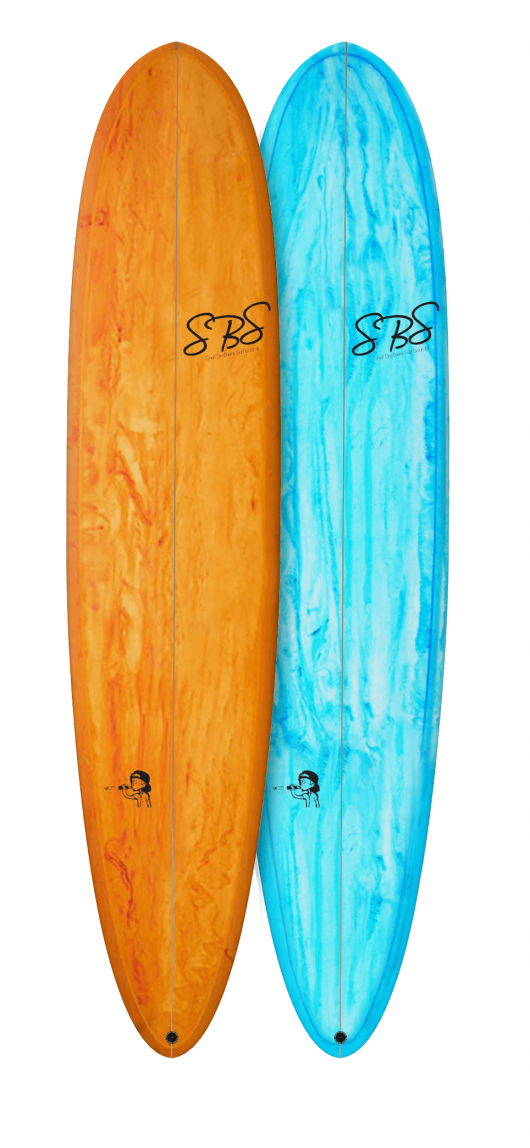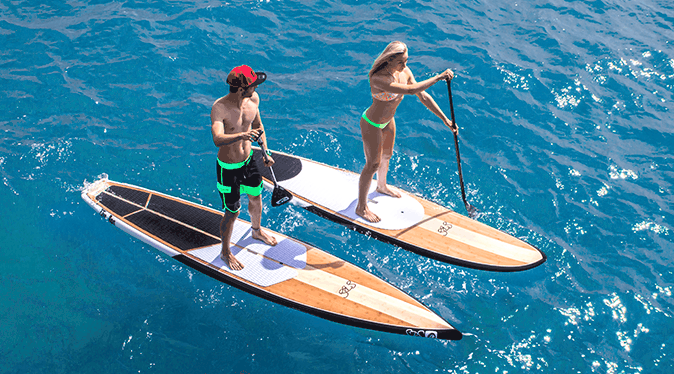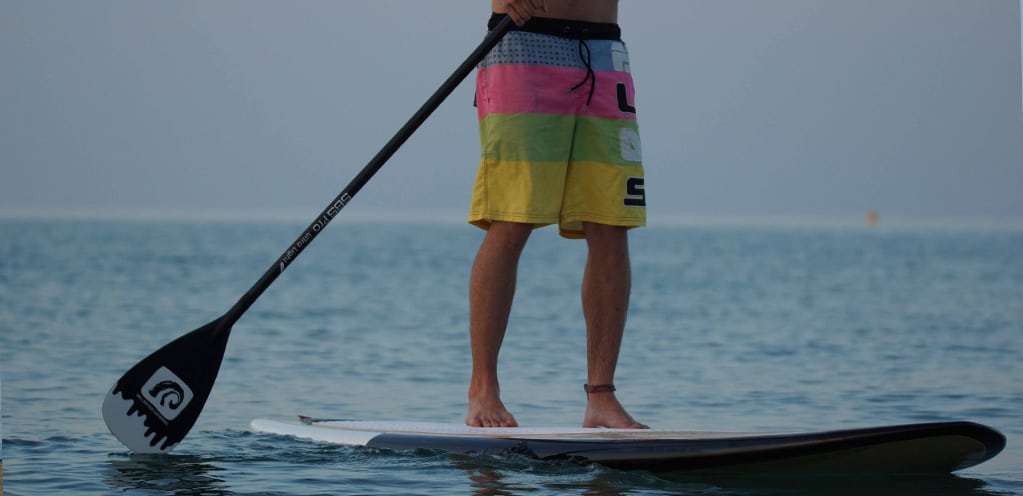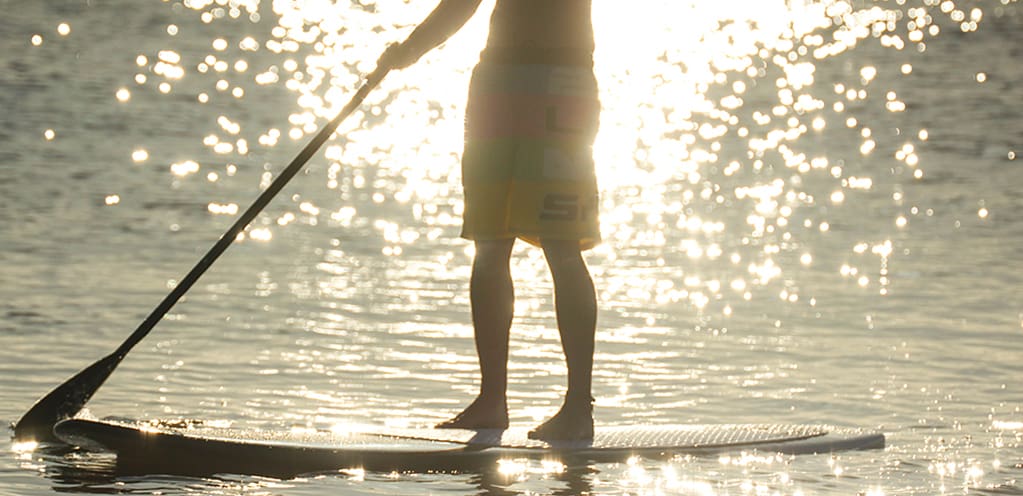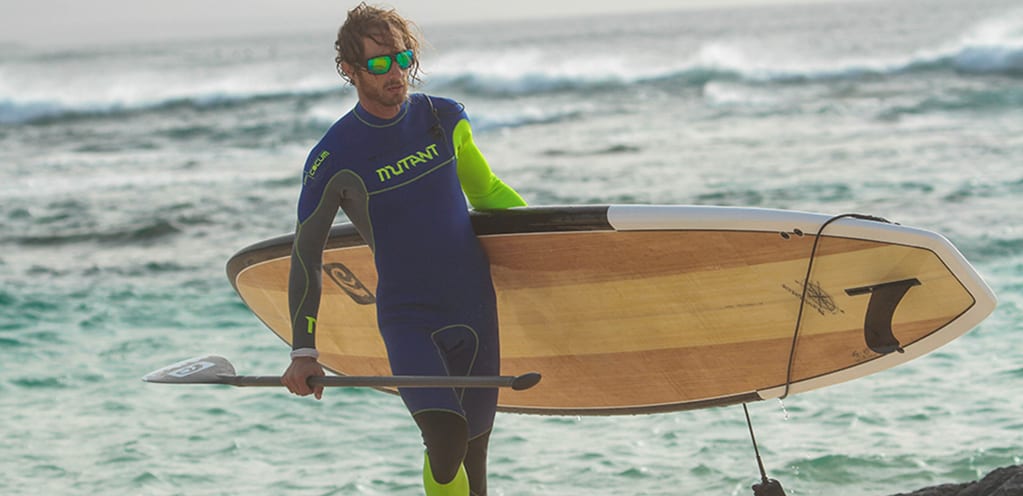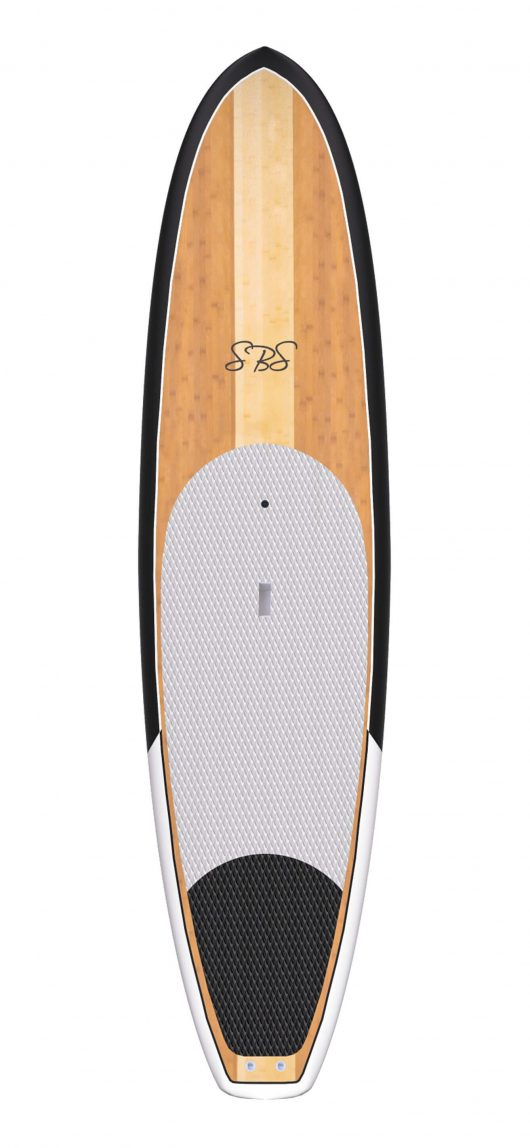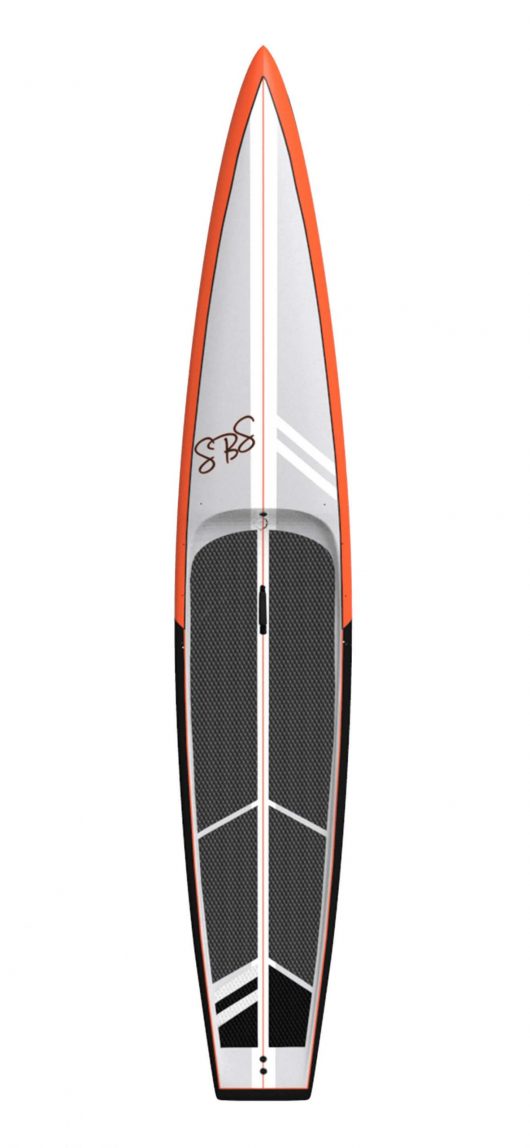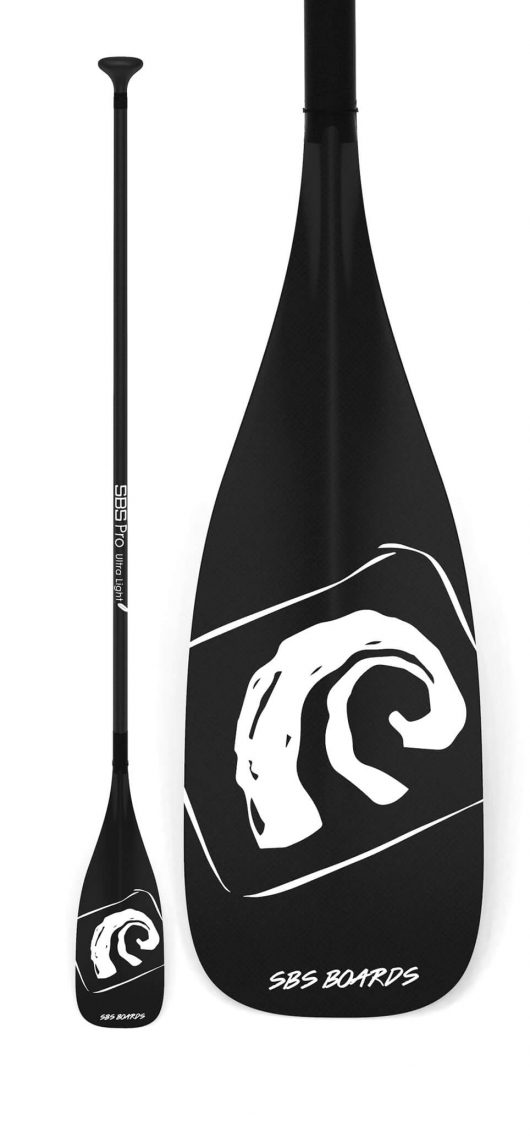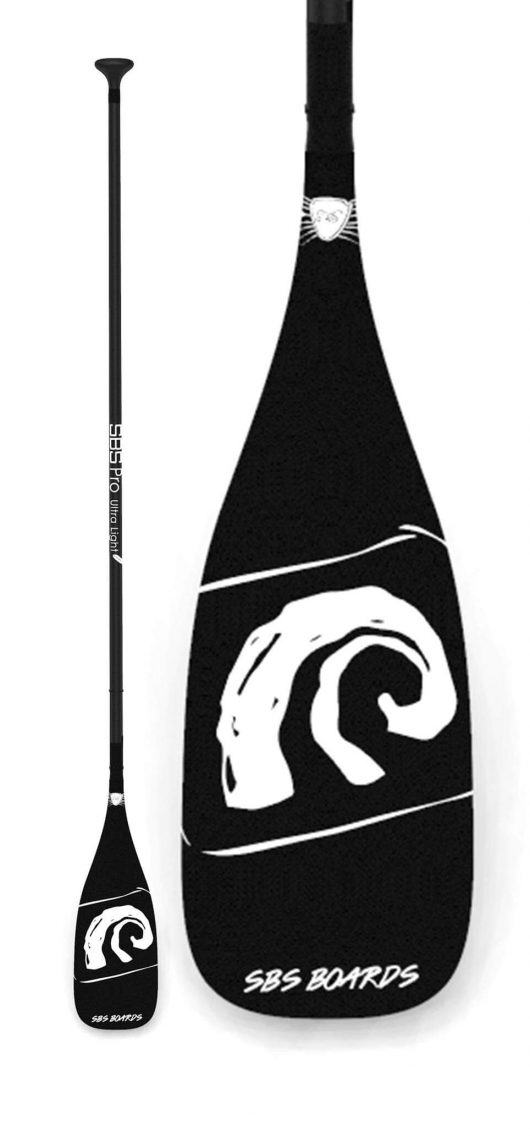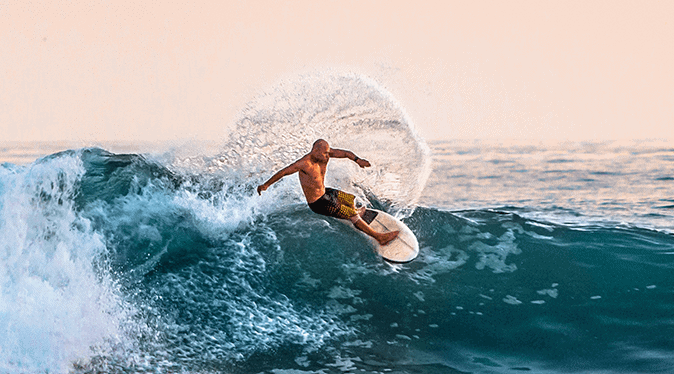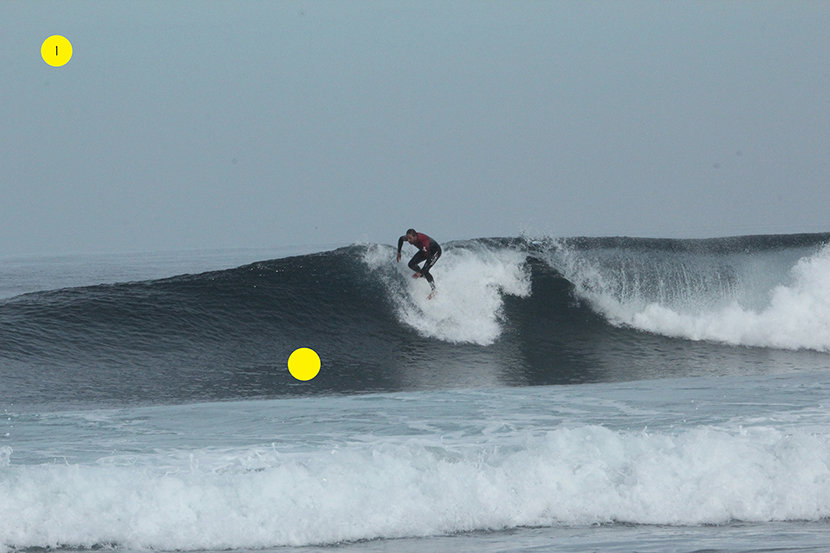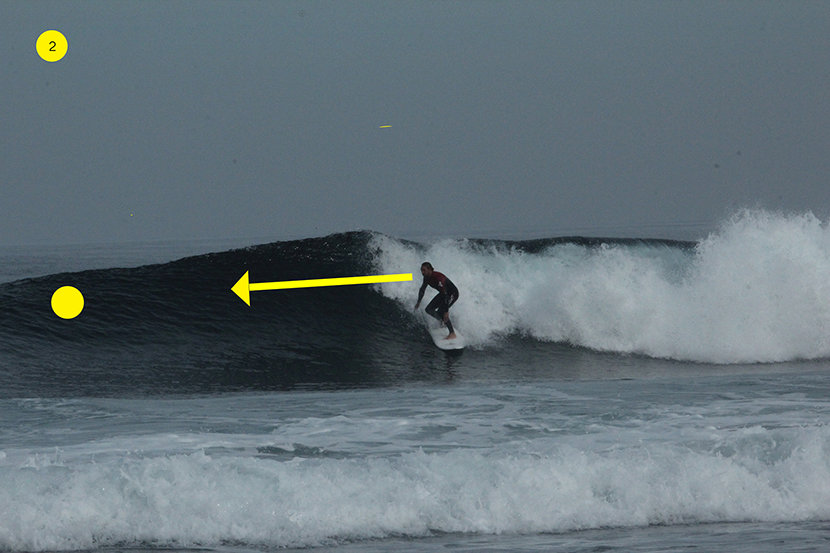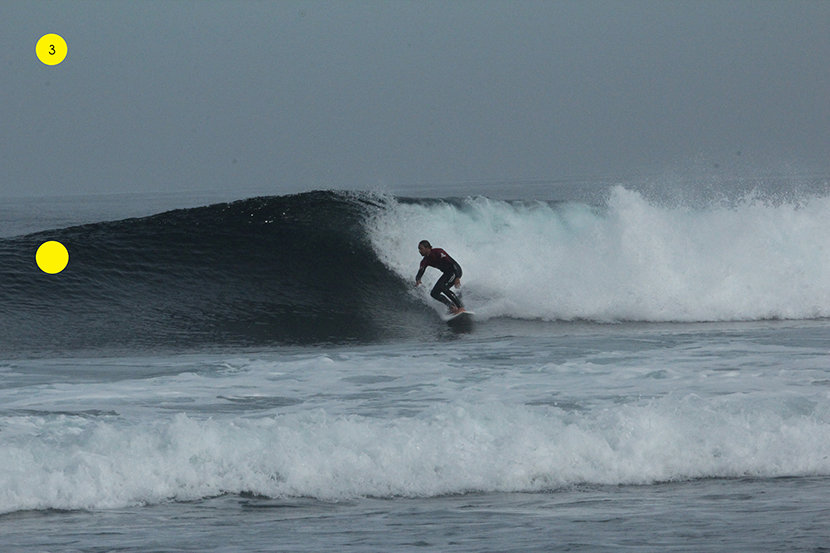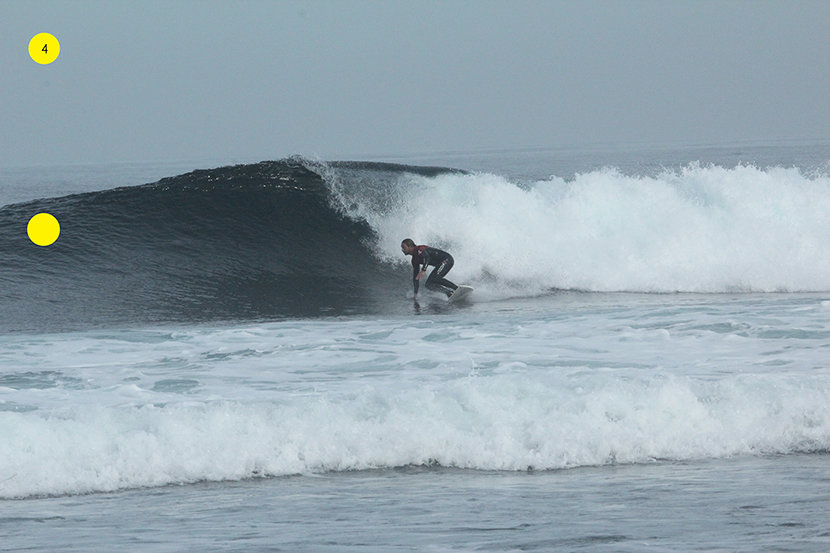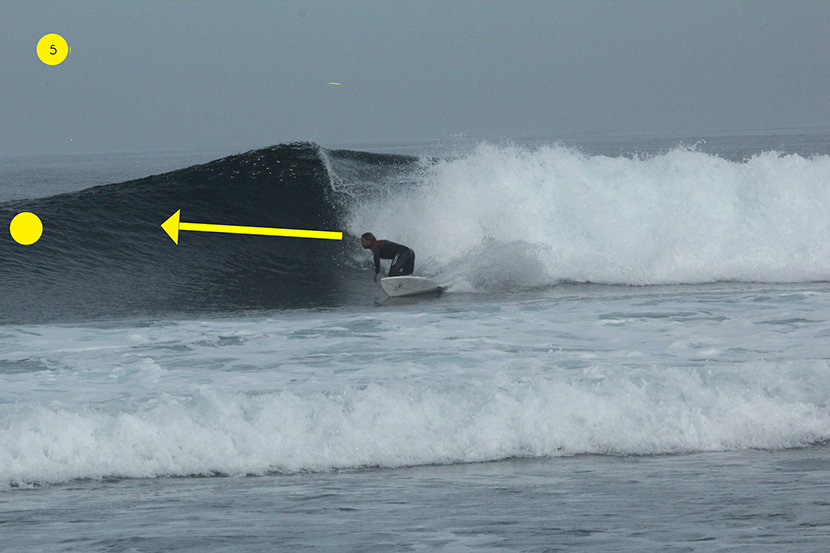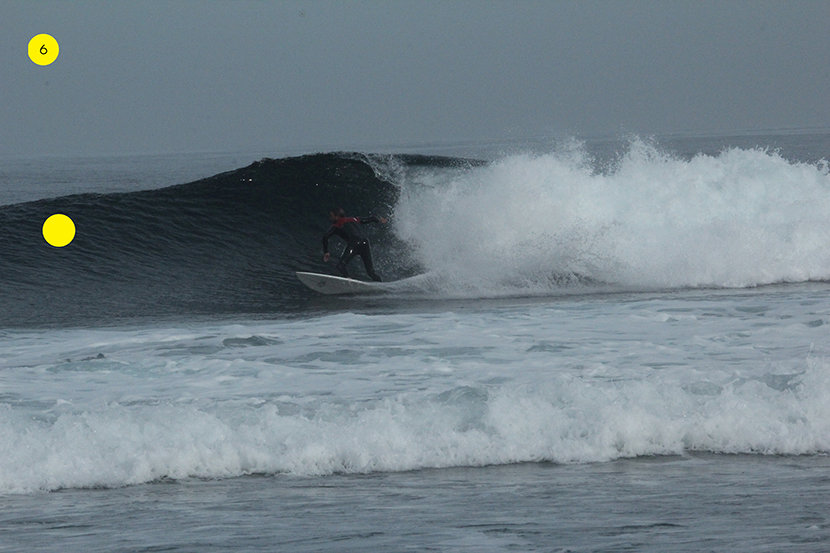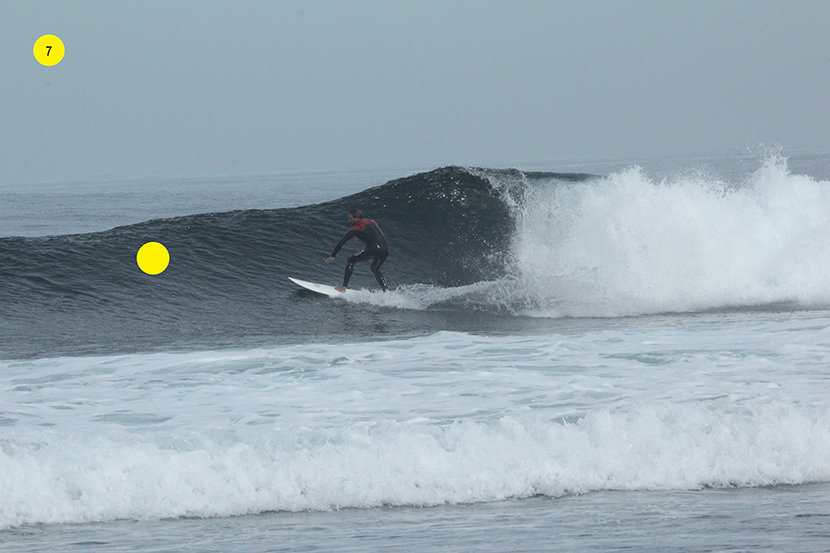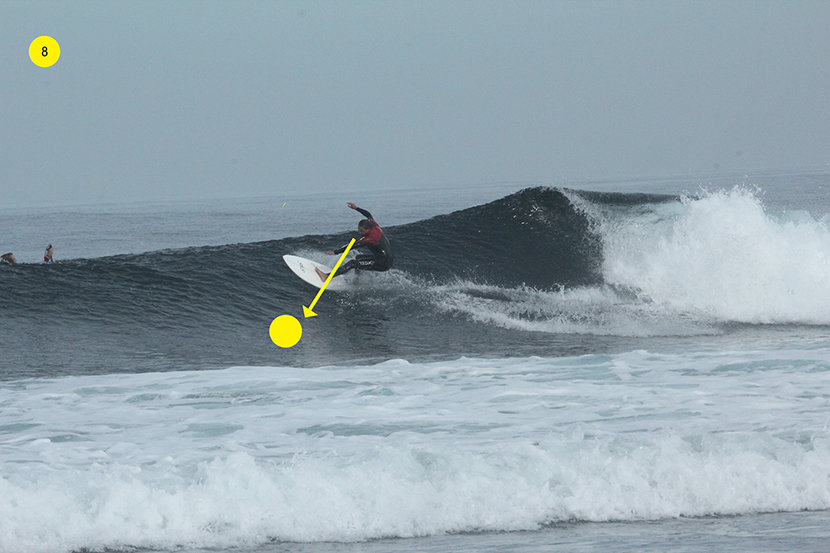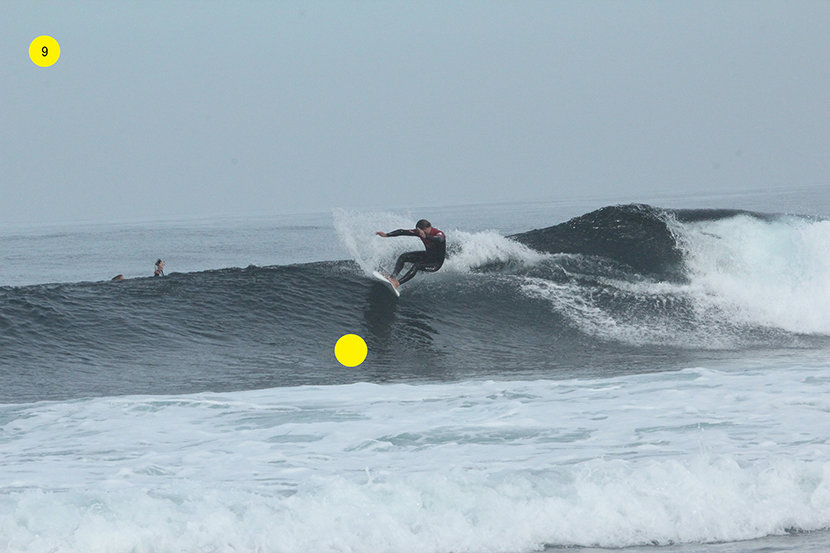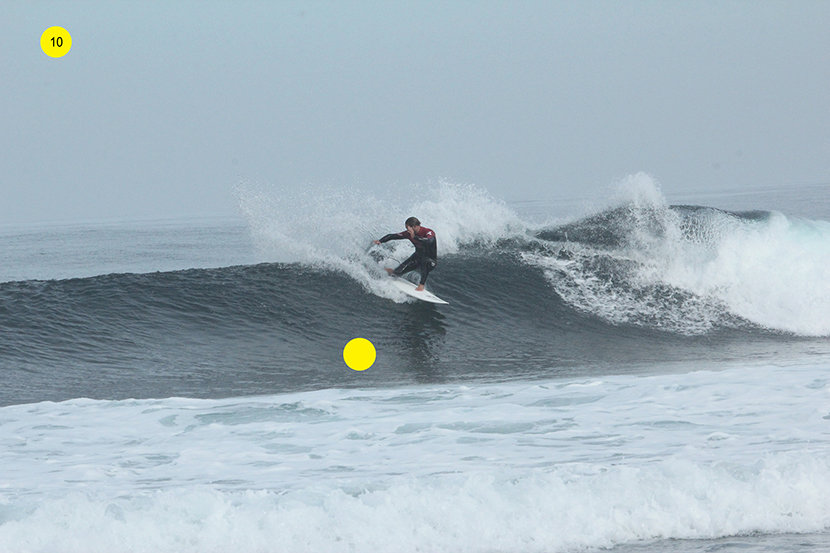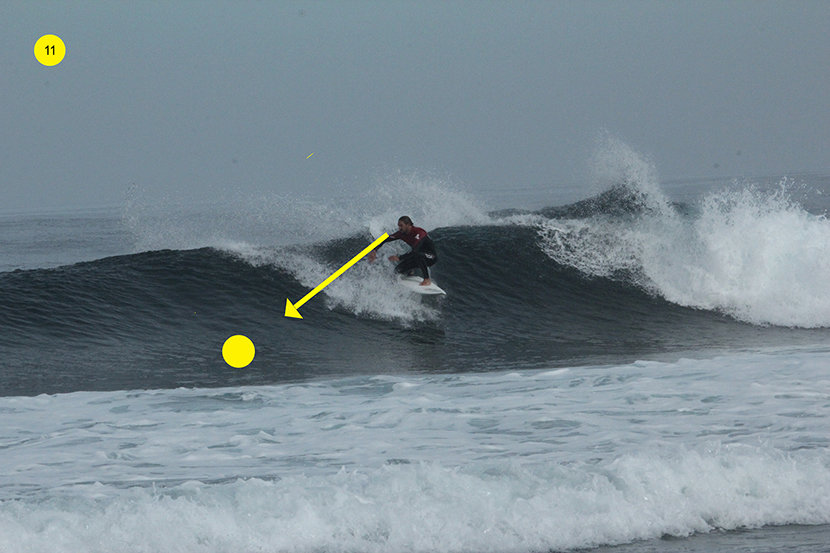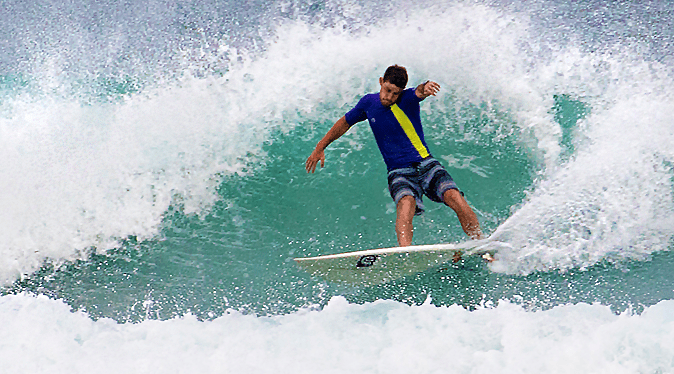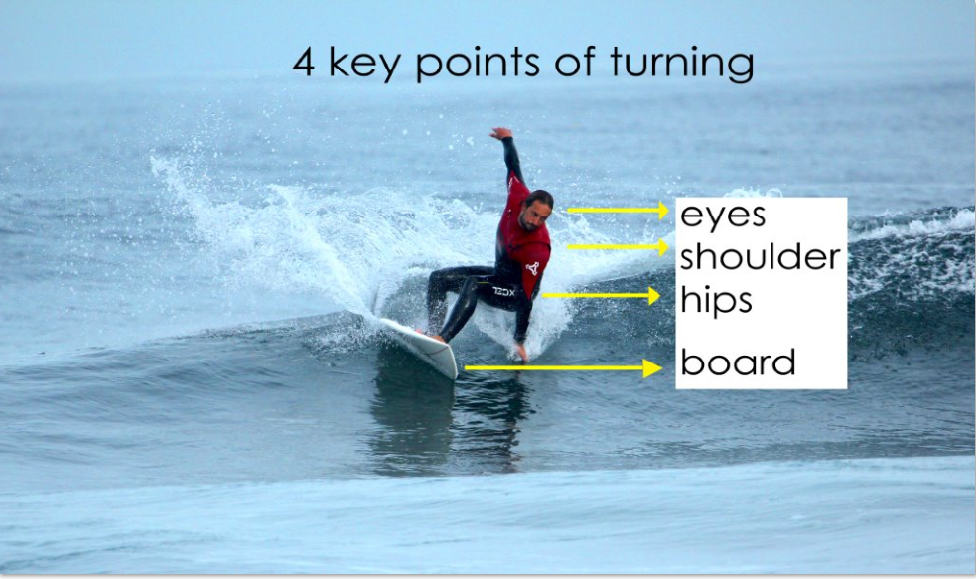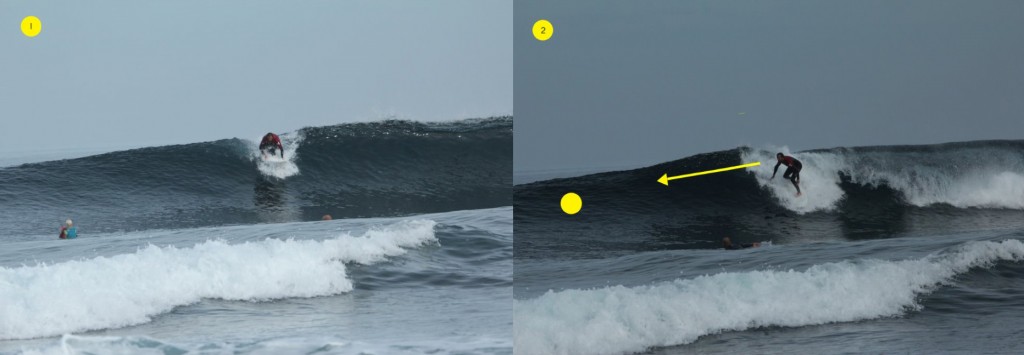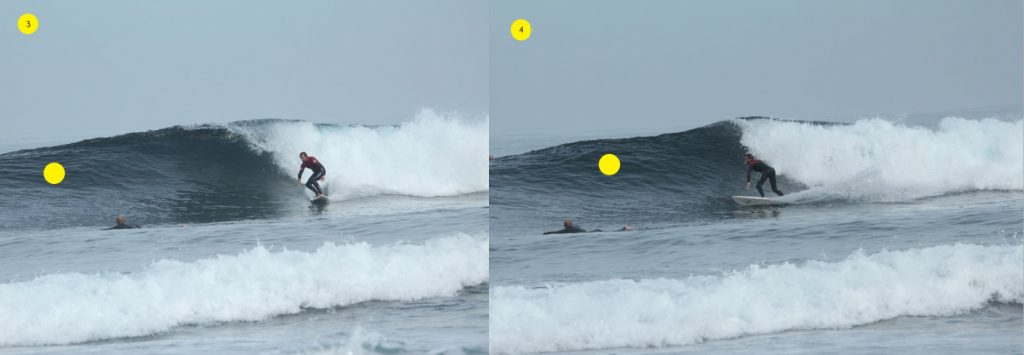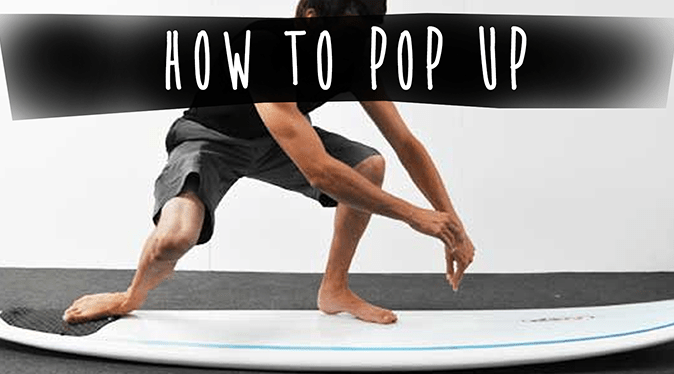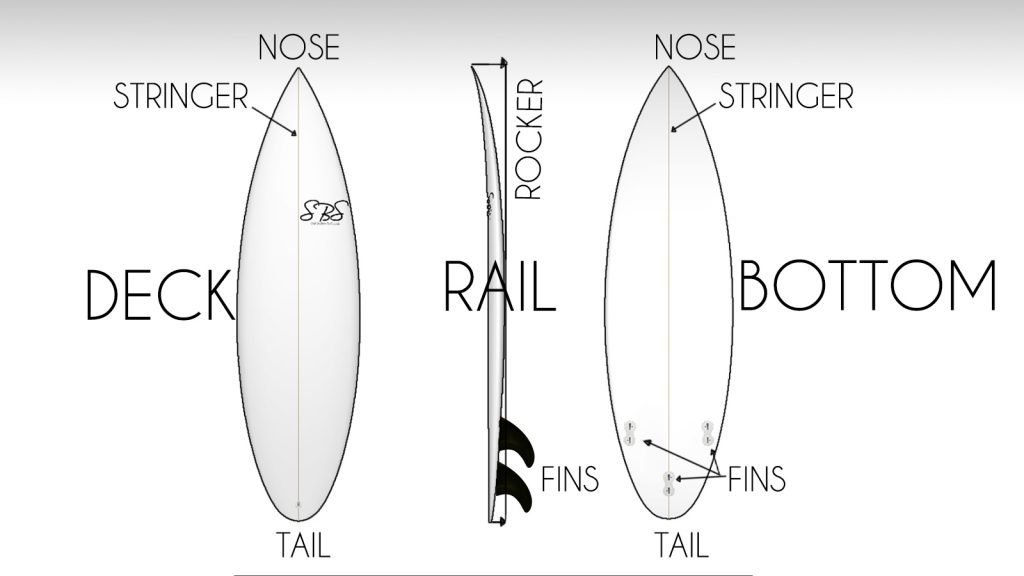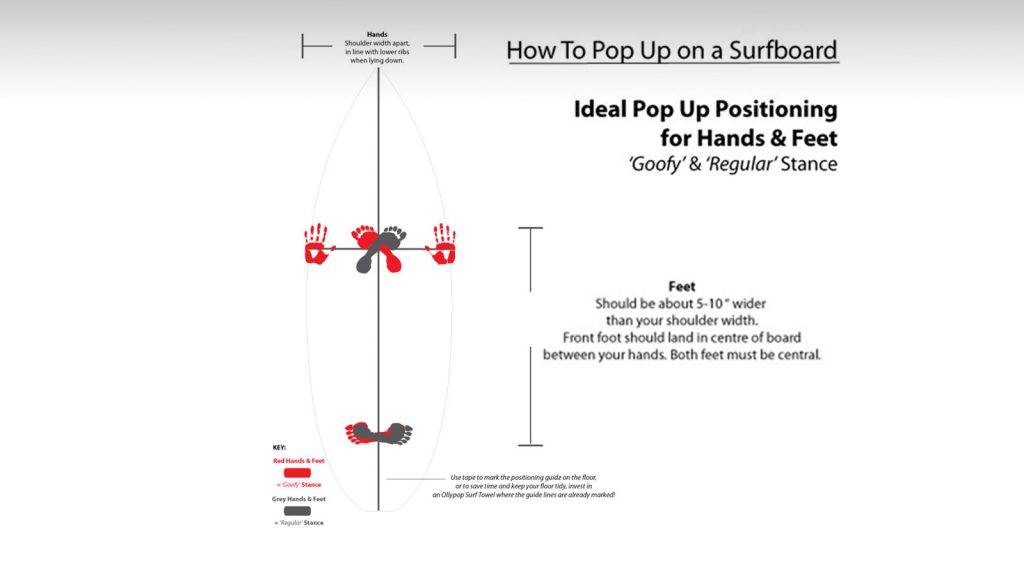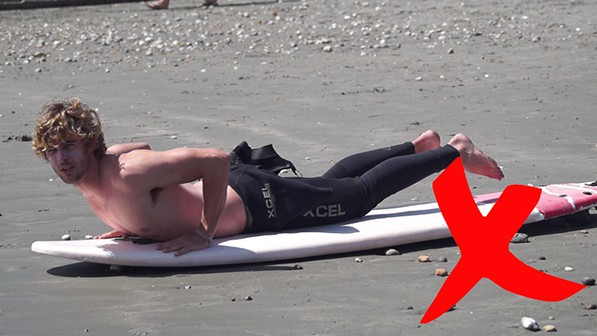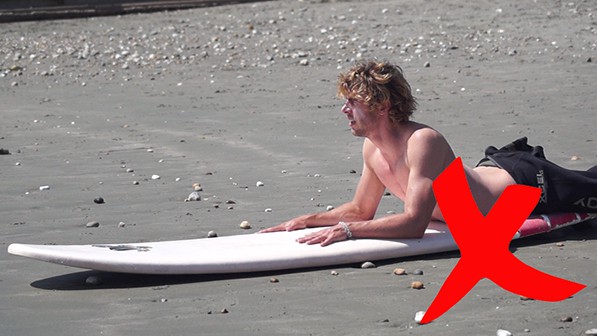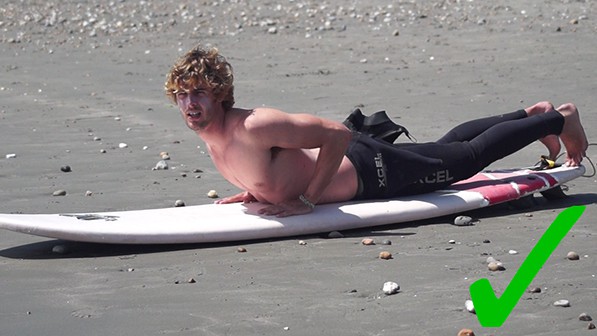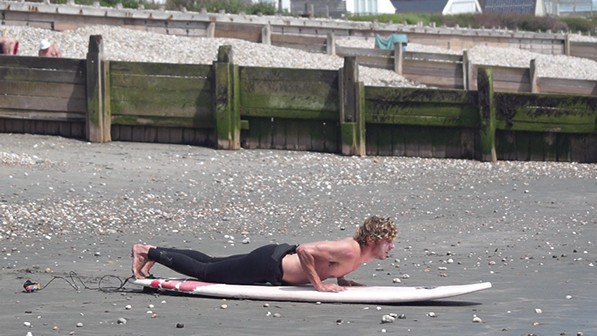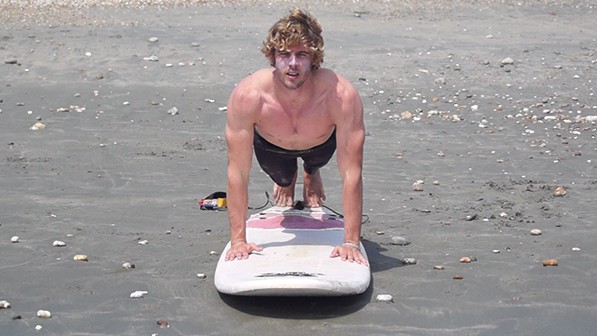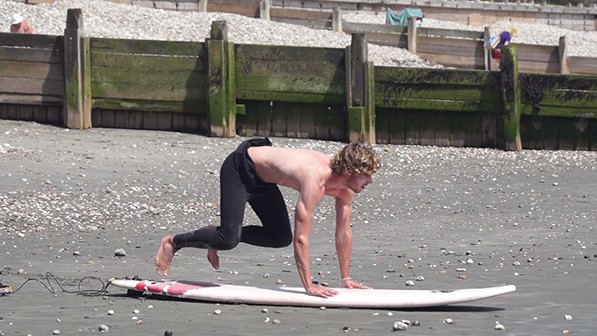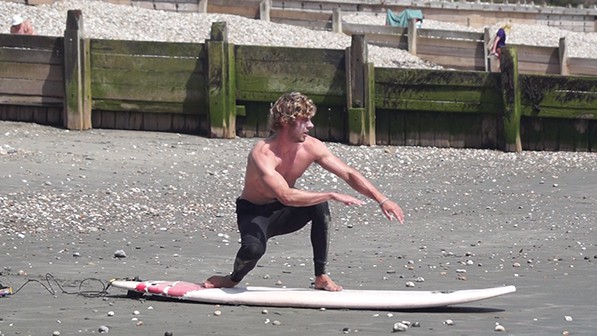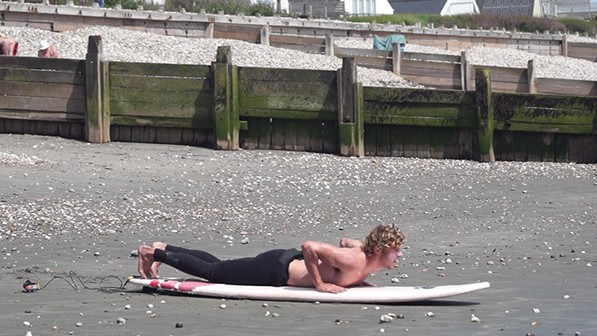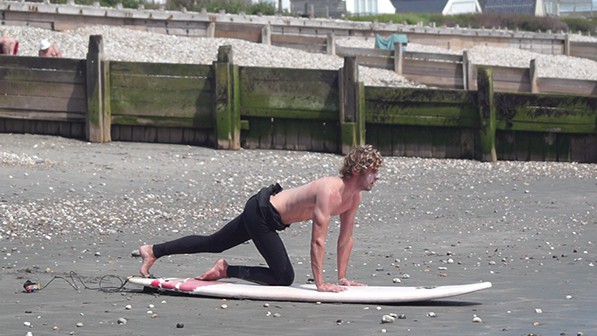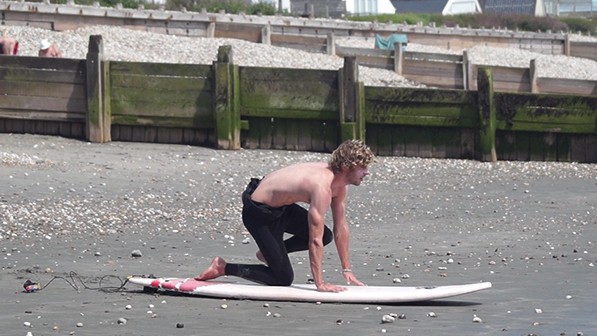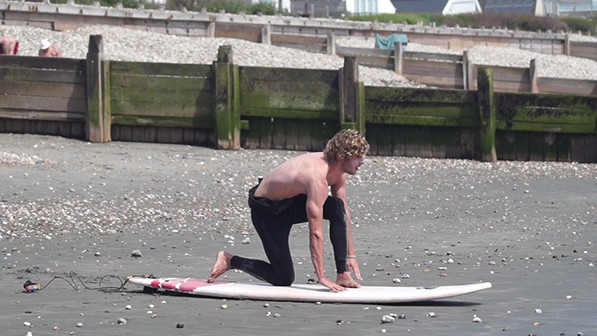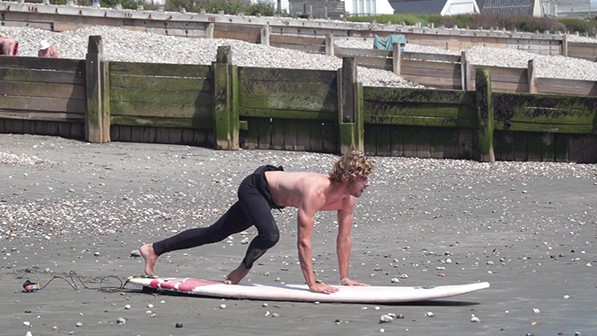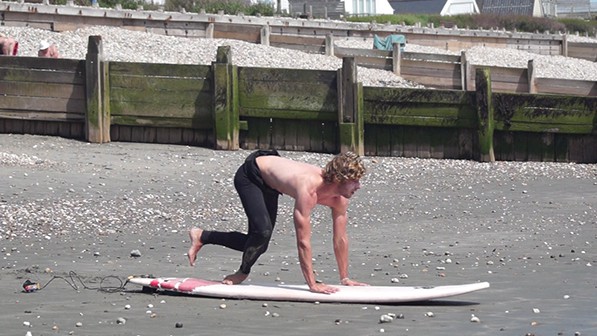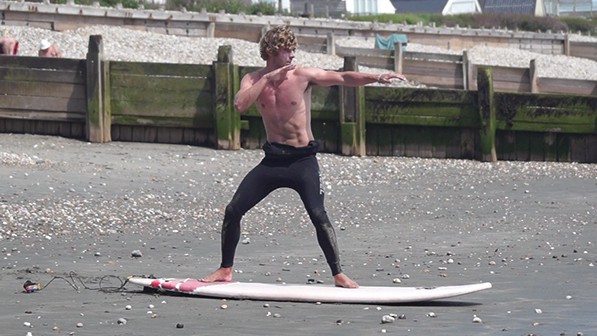How to Turn A Stand Up Paddleboard Being able to turn a paddle board is an essential skill. The more practice you get at turning and the wider variety of turns you can do will help in you ability to turn at speed and have a much finer control over the paddleboards....

Top 10 BEST Foods for Surfers

Surf Nutrition : Top 10 BEST Foods for Surfers
Every surfer knows the feeling sliding down the face of a wave just can’t be beaten. We all want to surf more for longer with more energy but there usually come a time where our energy level start to dip. Knowing what to put in your body to fuel your mega surf sessions is key to getting more out of them. This guide will help show some great foods and produce that will not only benefit your surfing but also your life.
(1) Fruit/vegie smoothie

Nothing quite like it. Quick Easy and will help to wake you up, giving you tones of energy for your surf. Digests quickly and doesn’t sit heavy on your stomach in the water. Absorbed superfast and can give you instant energy for hours whilst also packed with essential vitamin minerals as well as sugars.
(2) Foods with low glycaemic index (GI).
Foods with a low Glycaemic index are perfect for pre surf meals great for those longer sessions, giving you a slow and constant release of energy to last keeping your energy stores replenished. The Glycaemic Index (GI) is a ranking of carbohydrate-containing foods based on the overall effect on blood glucose levels. Things like most grains and seeds Whole grain bread, High-fiber cereal, Oatmeal, ground flaxseed, Fresh berries, yogurt , granola most fruits, vegetables & Nuts perfect fuel for your session.
(3) Fresh fruit / dried fruit
Fruits are one of the best foods for instant energy and hugely nutritious source of carbohydrate, so is ideal before or after a session From an athlete’s perspective, the vitamin, mineral and antioxidants content of fruit has a huge effect energy levels and well-being. It can also help protect your body against bad water quality. Fruits can help replenish energy stores quick and also helping the body to recover faster after a long surf minimizing aching muscles the next day.
(4) Fresh vegetables
Perfect to help and optimizing exercise performance during periods of heavy surfing/ training. A number of vitamins and minerals provided by fruit and vegetables have a functional role in exercise performance and recovery following strenuous exercise. These nutrients cannot be synthesized by the body so it’s essential that athletes consume a diet rich in fruits and vegetables to support daily training and recovery from training.
(5) Chia seeds/ nuts

You may or may not of here of this little super food but it’s one of the best out there. Not only does 11 time world champ Kelly slater swear by them in his morning routine chi has been used in many athletic diets plans for centuries. These little seeds going to be great at keeping you full and giving you a constant slow release of energy and will make you feel full for hours
(7) Water
Still the best and easiest for your body. Over the course of a few hours your body is going to lose about 2-3 pints of water when surfing, so it’s important to hydrate before and after. If you need to add some flavor to your water, squeeze in some lime/lemon, maybe some mint leaves, and a pinch of sea salt for some electrolyte replacement. Always good to hydrate and will make a huge difference in your performance.
(8) High GI Foods
After surfing your body needs to recover fast you have a 30-60 minute window in which that food will do the most benefit to your body. The best Post-Surf foods are Foods high on the GI index as they will quickly replenish your energy stores and glucose levels, things like some fruits glucose tablets as well as the sugary snack, doughnuts, croissant are great but you also need to foods with protein & complex carbohydrates so you can get the calories in. This doesn’t mean eat crap because you surfed. High GI foods are often related to health problems such as diabetes, heart disease, and even cancer. Things like Turkey watermelon, baked potato, sweet potato, chicken breast would be preferred.
(9) Protein shakes
Like any exercise at the gym or playing sport after surfing your body needs proteins and essential acids to help your body recover and grow stronger. Trying to do this quickly after a surf is essential for your recovery and performance next time in the water.
Protein shakes are a great way to help get the optimum nutrition you need straight away. If you want a more natural hit of protein you could get hemp protein powder as it’s a plant-based protein source that is absorbed quicker than animal proteins. Hemp can also help to balance the hormones, nourish the skin and hair & calm post-surf muscle inflammation.
Hemp seeds are one of the most nutritious seeds in the world. They are a complete protein and have the most concentrated balance of proteins, essential fats, vitamins, and enzymes. This is one of the perfect foods that are available, supporting optimal health and well-being. Raw hemp provides many health benefits like weight loss, increased and sustained energy, rapid recovery from disease or injury, lowered cholesterol and blood pressure, reduce inflammation, improvement in circulation and immune system as well as natural blood sugar control.
Ideal for anyone trying to take their surfing to the next level
(10) Superfoods
As surfers, we are constantly exposed to what the elements can throw at us not only changes in temperature through the cold winter months but infections from reef cuts or bad water quality, not to mention the sun. Keeping good health has never been more important. This is where superfoods can help as they can have some incredible life changing health benefits on land and in the water. Some super foods can also give heighten your brain function as well and your senses making you’re more alert and susceptible to changes in the wave helping
DISCLAIMER: The information provided by SBSboards.com is a general guideline and should not replace any advice given by a medical doctor or a healthcare professional. You should consult with a healthcare professional before starting any diet, exercise, or supplemental program, or
Related Posts
How to Turn A Stand Up Paddleboard
Top 20 Surfing Exercises for Paddling & Stability
Top 20 Surfing Exercises for Paddling and Stability Nothing prepares you for surfing fitness better than surfing itself. There are however, a few things you can do to keep the right muscles in working order and help you surf longer with more power. The following...
Best Stretches for Surfers
BEST STRETCHES FOR SURFERSStretching Stretching before and especial after a surf session is vital for getting the best out of your surfing performance, The best stretches for surfers should help in a range of movements as well as better long-term contractions of your...
Beginners Guide to Buying a Surfboard
Beginners guide to choosing the right surfboard So you got the bug and you decided to buy your first surfboard you have a couple of goes and looking to make that first purchase and commit to the surfing life style, but what one to buy?, One of the most common...
How To Paddle a Stand Up Paddleboard “SUP”
How to Paddle a Stand Up Paddleboard Basic Paddleboarding strokes One of the most basic parts of stand up paddle boarding is the paddling it allows you to move around in the water at speed and control. Making sure that you get the most form every stroke will...
Beginners Guide to Surf Safety & Surf Etiquette
Beginners guide to Surf Safety & Surf Etiquette Learning to Surf is one of the most fun and life changing experiences you can have, and for lots of people journey that can last a life time. But before you start it’s really important to have a basic understanding...








